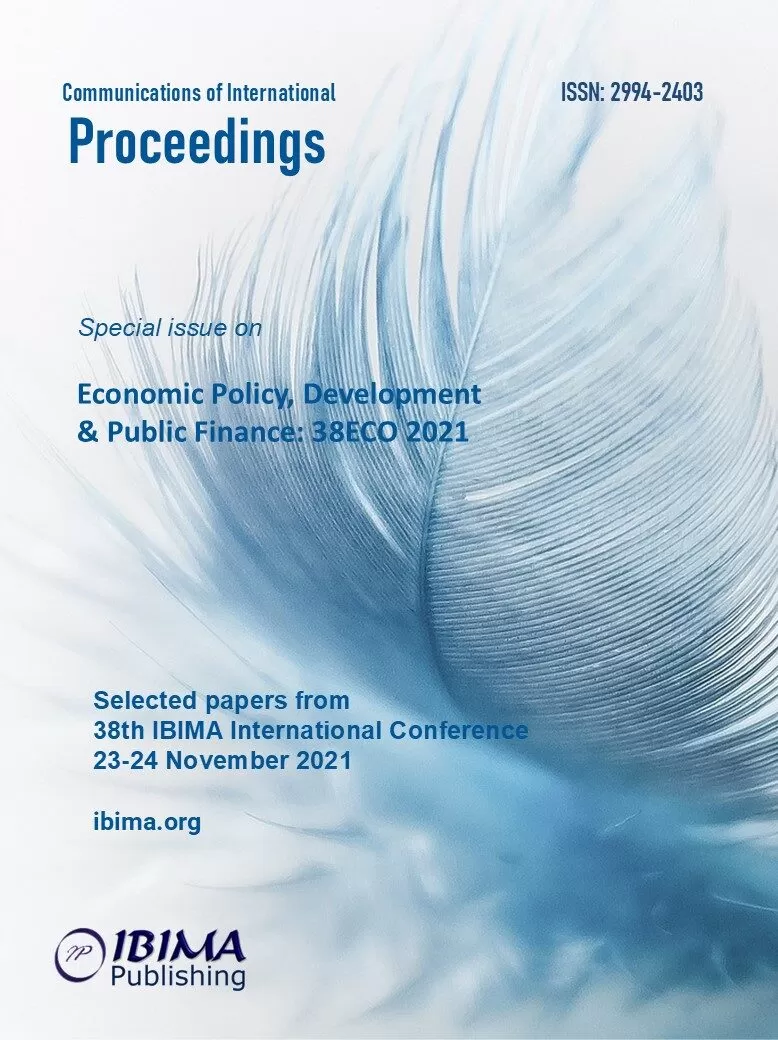
Natalia V. SHISHKINA, Tatiana V. SABETOVA and Ekaterina A. MAMISTOVA
Voronezh State Agrarian University Named after the Emperor Peter the Great, Voronezh, Russia

The article attempts to identify the relationship between various indicators of the socio-economic development of the region and the quality of human capital in it. The complexities of this analysis have been clarified. In particular, a distinction was made between the categories of “working-age population”, “labor force”, “labor potential of the territory”, “efficiency of human potential use”, “competitiveness of workers”.
The paper shows that from the point of view of the competitiveness of the region, high quality of human potential is a necessary, but not sufficient condition.
The authors propose to assess the level of human potential development and the effectiveness of its use by a set of indicators: demographic, qualification, structural, indicators of the development of social infrastructure and the level of social and labor relations.
The paper analyzes the dynamics of the growth of GRP per capita in 1998–2019 by regions of the Central Federal District. The analysis made it possible to clarify the place of the Voronezh region among other regions. The positions of the region have also been clarified on the demographic characteristics of the human potential of the Central Federal District for the same period. It is noted that, individually, none of the considered characteristics correlates with the size of GRP per capita, however, according to the totality of features, the correspondence is quite visible.
The article proposes to assess the regional innovation system using such indicators as the number of new developments per population, total enterprises or innovative organizations; the proportion of jobs with increased intellectual and creative requirements for candidates; the share of employees in education, consulting, science, innovation in the total number of employees, etc.
The factors that determine innovative competitiveness identified by the authors made it possible to formulate the main provisions for the development and implementation of state and regional policies in the field of increasing the competitiveness of the human potential of the territory.